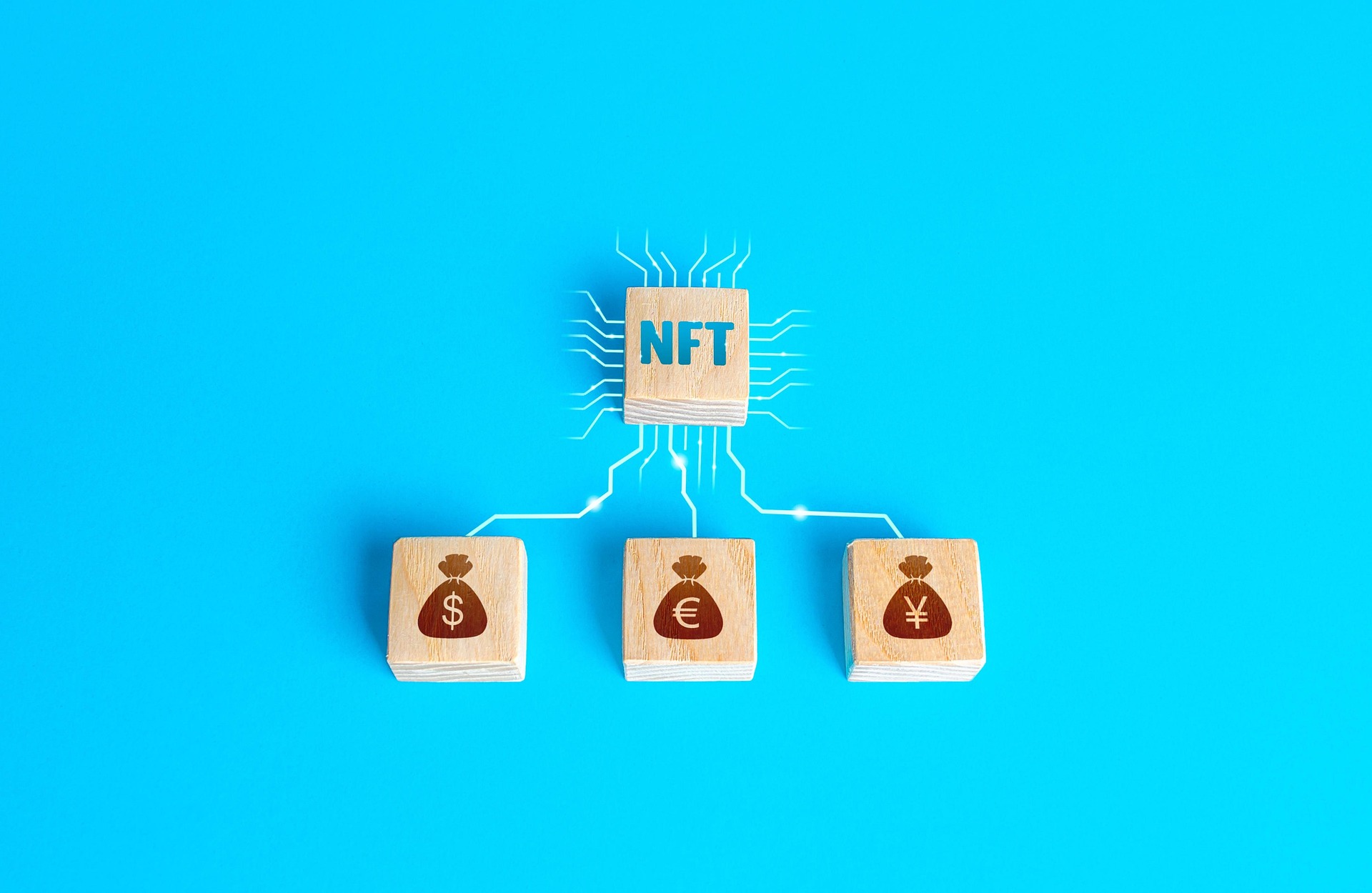"The Silent Surge: How Passive Cooling is Revolutionizing the Tech Industry"
Passive cooling, the often overlooked counterpart to active cooling systems in technology, is making waves in the industry. As our reliance on technology increases, so does the generation of heat, leading to the need for more efficient cooling solutions. This is where passive cooling comes in, offering a quiet, energy-efficient, and environmentally friendly alternative. Let’s dive into the world of passive cooling, its evolution, and how it's changing the tech landscape.

A Cold Look at the Past
Passive cooling isn’t new. The concept has been around for centuries, with civilizations using passive cooling techniques to keep their homes and food cool. The idea is simple - heat naturally moves from warmer areas to cooler ones. In the world of tech, this concept is used to naturally dissipate heat from devices without using power-hungry fans or liquid cooling systems.
The Heat is On
As technology advances, devices become more powerful and, consequently, generate more heat. This heat can damage components and reduce their lifespan. Active cooling systems, such as fans and liquid cooling, have been the go-to solution. However, they consume energy, create noise, and require maintenance. This is where passive cooling comes to the rescue. By using materials with high thermal conductivity, heat can be drawn away from components and dissipated into the surrounding air.
Passive Cooling: The Silent Hero
Passive cooling technologies are being integrated into a variety of devices, from smartphones to data centers. For instance, some smartphone manufacturers are using graphite sheets to draw heat away from the processor, allowing it to run cooler and potentially extend battery life. On a larger scale, data centers are using passive cooling solutions like heat sinks and thermal pads to manage heat and reduce their energy consumption.
Estimating the Market Impact
The global passive component market is projected to reach $39.04 billion by 2027, growing at a CAGR of 6.2% from 2020 to 2027. This growth is driven by the increasing demand for energy-efficient cooling solutions and the adoption of passive cooling in various tech sectors. As the tech industry continues to expand, the demand for passive cooling solutions will likely grow, leading to further innovation and development in this field.
The Future is Cool
Passive cooling has the potential to revolutionize the tech industry. By reducing energy consumption, lowering noise levels, and increasing device longevity, it offers a sustainable solution in an increasingly energy-conscious world. As the industry continues to innovate, we can expect to see the integration of passive cooling technologies in more of our devices, keeping our tech cool, quiet, and efficient.
In the world of tech, passive cooling is making waves. It’s a silent hero, quietly working in the background, keeping our devices cool and efficient. With the tech industry’s continued growth and the increasing demand for energy-efficient solutions, passive cooling is poised to take center stage. The future of tech is cool, and passive cooling is leading the way.




